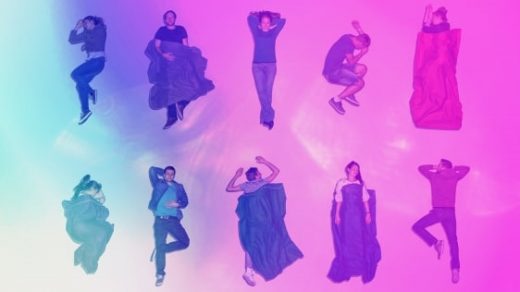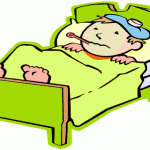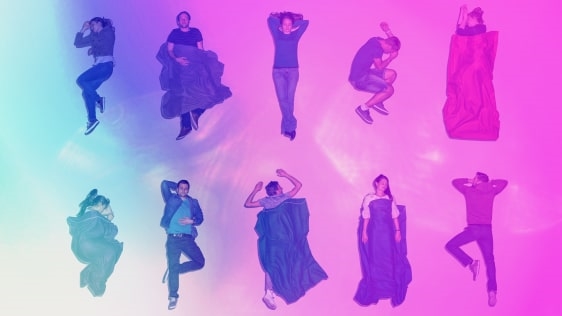How To Design Your Ideal Workday Based On Your Sleep Habits
Chances are you don’t start work in the morning without first having a cup (or several) of coffee.
But as board-certified sleep specialist and The Power of When author Michael Breus sees it, exactly when you should have caffeine depends on your sleep type.
When it comes to falling asleep and waking up, Breus has found there are four types of people in the world–or rather, animals: bears, lions, wolves, and dolphins. Each represents a so-called “chronotype” that describes your body’s natural sleep habits and energy patterns. Knowing not to act like a wolf when you’re really a bear, says Breus, can help you have less painful wake-ups, fewer after-lunch slumps, and more productive workdays overall.
Using Your Sleep Patterns To Redesign Your Workday
Breus believes that your chronotype can offer a roadmap for taking advantage of your body’s natural energy flows. Here’s what an ideal workday might look like, according to Breus, for bears, lions, wolves, and dolphins:
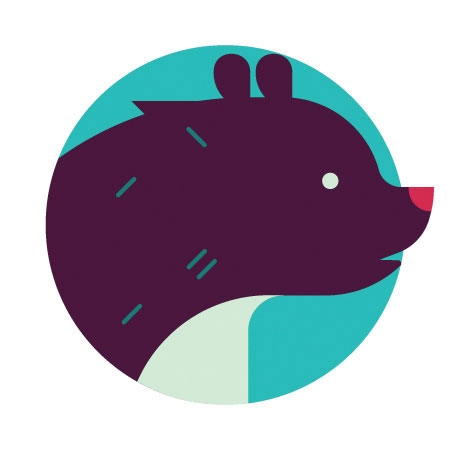
Bears are 50%–55% of the population. “They are the ‘get it done’ group,” Breus says. “They have normal sleep schedules, but may not get quite enough sleep.”
MORNING ROUTINE: 7 a.m.–11 a.m.
- Wake up and get your blood flowing with 10 minutes of stretching.
- Eat a light breakfast: fruit, yogurt, nuts, and a 16-ounce glass of water.
- Take 15 minutes or so to plan your day.
- Then you can grab that coffee.
PEAK WORKING HOURS: 11 a.m.–6 p.m.
- Kick off your first period of high alertness with something that takes a lot of focus.
- As your caffeine boost wears off, head outside to pick up lunch on the early side–and soak in some sunlight, which reminds your body that it’s time to be alert and active.
- Lunch, around noon, will give you a second boost of energy for more high-value tasks.
- Around 2 p.m., your energy will start to ebb, but you’ll be in a great mood. Time for meetings, brainstorms, and a protein-heavy snack to carry you through the afternoon.
AFTER WORK: 6 p.m.–10 p.m.
- Exercise–knowing that getting started is probably going to be a little tough.
- After your workout, wind down for a light dinner, and go easy on the carbs.
- The period after dinner is prime time to socialize.
END OF DAY: 10 p.m.–11 p.m.
- Power down at 10 p.m., especially all your devices.
- Lights out by 11. Bears find it easy to stay up late, only to struggle with getting up on time the next day.
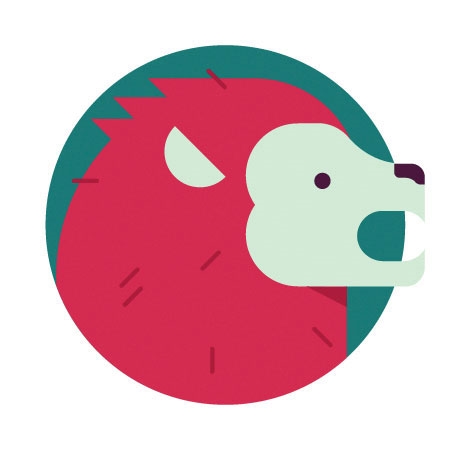
Lions “wake up without an alarm, and it is usually dark out,” Breus explains. Type-A personalities, lions typically “send emails before most people are awake” and represent around 15% of the population.
MORNING ROUTINE: 5:30 a.m.–10 a.m.
- Lions can wake up easily around 5:30 a.m. without an alarm.
- Have a high-protein breakfast by 6, avoiding carbs if you can.
- Find a spot to meditate, for up to an hour if you can spare the time, before anybody else gets up.
- If you’d rather squeeze in an early-morning workout, go for it. But you’ll have energy to do this later in the day if you’d prefer.
- Time for a coffee at 9 a.m.
PEAK WORKING HOURS: 10 a.m.–5 p.m.
- Breakfast was already three or four hours ago! So eat a small snack like a protein bar.
- Dive into your work to make the most of your peak productivity time: morning meetings, calls–or chip away at a couple of big strategic tasks.
- Instead of hitting up a business mixer after hours (you’ll be drained by then), schedule a networking meeting or a catch-up with a coworker over lunch.
- From 1–2:30 p.m., slide into solo work or do some brainstorming.
- After 3 p.m. or so, shift focus for the easier, more administrative tasks–nothing intensely detailed or mentally taxing.
AFTER WORK: 5 p.m.–9:30 p.m.
- If you can, ditch the office on the early side, by 4:30 or 5, since your energy will start to dip by mid-afternoon.
- That’s also a great time to work out if you haven’t yet, and it’ll give you a slight energy boost to carry you into the evening.
- Make sure dinner is an even balance of protein, healthy fats, and carbs.
END OF DAY: 9:30 p.m.–10:30 p.m.
- You may still have some energy left to spend time with family or hang with friends, but you’ll want to keep it low impact.
- Hit the hay by 10:30.
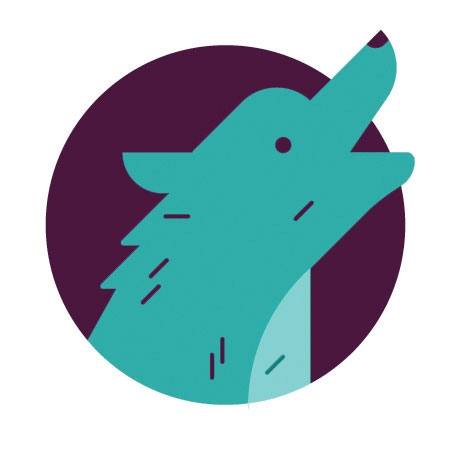
Wolves represent 15–20% of the population, says Breus. “They hate mornings and usually hit the snooze button multiple times. They are late to work, and usually on their third cup of coffee at 9 a.m.” Wolves tend to go hard on caffeine in the mornings in order to “overcome their wolfishness,” Breus explains.
MORNING ROUTINE: 7:30 a.m.–12 p.m.
- Set your alarm for around 7, but let yourself hit snooze so you can sleep in for another 20–30 minutes, then crawl out of bed. It’s not going to be fun.
- Go stand in front of a window and drink a 16-ounce glass of water. The sunlight will help you wake up as you rehydrate.
- Throw on your sneakers and go for a 20–40-minute walk or a bike ride around the neighborhood. This might be a good time to brainstorm.
- Don’t open your email yet or start interacting with coworkers, just draw up your to-do list for the day.
- At 11 a.m., you can finally grab that coffee–and it doesn’t hurt to catch a few more minutes of sunlight again if you’re able to.
PEAK PRODUCTIVITY: 12 p.m.–8 p.m.
- Knock out busywork until lunchtime, around 1 p.m.
- By 2 p.m., you’ll be at the top of your game. Switch to the tough tasks on your to-do list, or pull your team together for a big group brainstorm.
- At 5 p.m., you’ll still be going strong. Have a snack and keep working. You’re at your most creative and energized through early evening, even after some of your coworkers have gone home.
AFTER WORK: 8 p.m.–11 p.m.
- After winding down your workday, you can exercise around 7 or 8 p.m.
- Then have a late dinner, around 8 or even 9 p.m.
END OF DAY: 11 p.m.–12 a.m.
- Start powering down all your screens by 11.
- You’ll be able to stay up late into the night if you aren’t careful, so commit to lights-out by midnight.
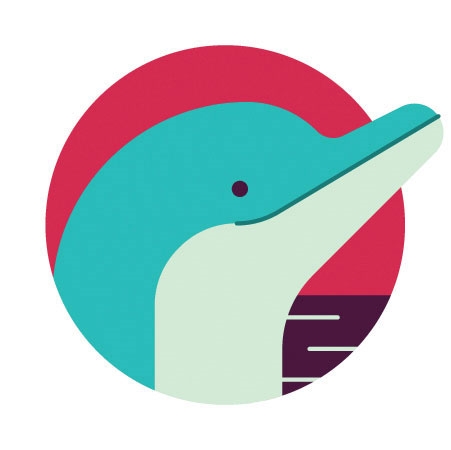
Dolphins “are anxious people who have irregular sleep schedules,” according to Breus, who estimates that one in 10 people are dolphins. “They often self-diagnose as insomniacs and send emails all night long.”
MORNING ROUTINE: 6 a.m.–10 a.m.
- Jump out of bed and into your running shoes. Break a light sweat and get some sun.
- Take a cool shower by 7:30 to avoid getting drowsy again.
- Grab breakfast around 8 a.m.: half carbs, half protein, no caffeine (yet).
- Think through your goals for the day or sketch out a to-do list, but wait to socialize with your coworkers until your first coffee break.
PEAK PRODUCTIVITY: 10 a.m.–6 p.m.
- Have a small coffee by 9:30 or 10, but make sure it’s half decaf. You’ll need less of a boost than you think.
- Between 10 a.m. and noon is peak creativity time, so work on the harder, big-picture goals you’ve set for the day.
- After lunch, by around 1 p.m, you’ll be fading, so leave your desk and get some direct sunlight and fresh air for at least 15 minutes.
- You’ll be at your most alert by late afternoon. Plug away at detailed tasks until 6 p.m.
AFTER WORK: 6 a.m.–10 p.m.
- Grab a banana and head to yoga class. Avoid a high-intensity workout, which might wind up keeping you awake longer than you’d like.
- Dinner at 7, and consider using this time to chat with a partner, spouse, or friend. Dolphins find evening mealtime ideal for resolving conflicts and thinking through big ideas with others.
END OF DAY: 10 p.m.–12 a.m.
- By 10 p.m., begin a bedtime ritual that can help you wind down: Turn off your smartphone and resist the urge to watch TV before bed. Run a hot bath and take a soak to relax instead.
- If TV is how you unwind, try to limit it to 90 minutes or so.
- Drift off by midnight, but try not to beat yourself up if you find yourself staring at the ceiling for awhile first. You may have trouble falling asleep, but chances are you’ll still be getting the shut-eye you need.
Fast Company , Read Full Story
(80)

